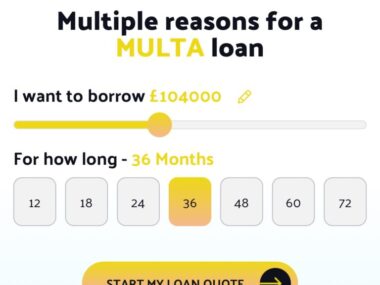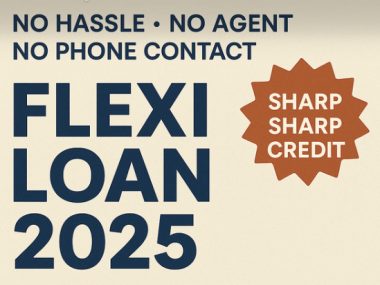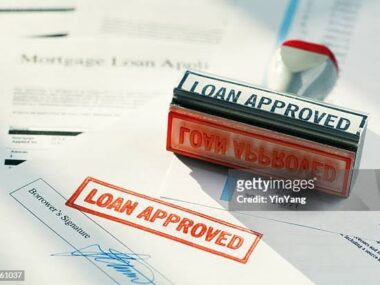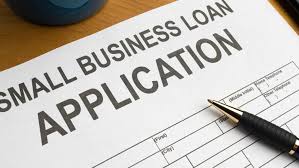Dynamic loans in Canada represent a flexible and adaptive form of financing tailored to meet the varying needs of borrowers. Unlike traditional loans with fixed terms and conditions, dynamic loans offer adjustable features that can change according to the borrower’s financial situation, market conditions, or other predefined criteria. This essay will explore the concept of dynamic loans in Canada, including their characteristics, benefits, types, and how individuals can access them.
Characteristics of Dynamic Loans
Dynamic loans are designed to be flexible and responsive to changes in the borrower’s financial circumstances or the broader economic environment. The key characteristics include:
- Variable Interest Rates: Dynamic loans often feature variable interest rates that can fluctuate based on market conditions. This can result in lower interest payments when market rates decrease, but also higher payments if rates rise.
- Adjustable Payment Terms: Borrowers can adjust the repayment schedule based on their financial capacity. This flexibility can be particularly beneficial during periods of financial hardship.
- Credit Line Feature: Some dynamic loans function similarly to a line of credit, allowing borrowers to draw funds as needed up to a predetermined limit. This is ideal for managing cash flow or unexpected expenses.
- Collateral Options: Dynamic loans may offer various collateral options, including both secured and unsecured forms. Secured loans might require assets like property or vehicles as collateral, which can lower the interest rate.
- Customizable Loan Amounts: The loan amount can be adjusted within certain limits, providing borrowers with the funds they need without overcommitting to unnecessary debt.
Benefits of Dynamic Loans
The flexibility inherent in dynamic loans offers several benefits:
- Adaptability: Borrowers can adapt their loan terms to suit changing financial situations, such as fluctuating income or unexpected expenses.
- Potential Cost Savings: With variable interest rates, borrowers might save money during periods of low market rates.
- Improved Cash Flow Management: The ability to adjust repayment schedules and draw funds as needed helps manage cash flow more effectively.
- Accessibility: Dynamic loans can be more accessible to individuals with varying credit profiles, as lenders can adjust terms to mitigate risk.
Types of Dynamic Loans
Dynamic loans can take several forms, each designed to meet different needs:
- Home Equity Lines of Credit (HELOCs): These loans allow homeowners to borrow against the equity in their property. The line of credit can be drawn upon as needed, and interest is only paid on the amount borrowed.
- Personal Lines of Credit: Similar to HELOCs but not tied to home equity, these lines of credit offer flexible borrowing options for personal expenses.
- Variable Rate Mortgages: These mortgages have interest rates that fluctuate with the market. They often start with lower rates compared to fixed-rate mortgages, but the payments can increase if interest rates rise.
- Business Lines of Credit: Designed for business owners, these lines of credit provide flexible funding to manage operating expenses, purchase inventory, or invest in growth opportunities.
How to Access Dynamic Loans in Canada
Accessing a dynamic loan in Canada involves several steps, from evaluating financial needs to choosing the right lender. Here is a detailed guide on how to access these loans:
1. Assess Your Financial Needs
Before applying for a dynamic loan, it’s important to assess your financial situation and determine your specific needs. Consider the following:
- Purpose of the Loan: Define why you need the loan. Is it for home renovations, business expansion, debt consolidation, or another purpose?
- Amount Needed: Calculate the total amount you need to borrow.
- Repayment Ability: Assess your ability to repay the loan, considering your income, expenses, and any existing debts.
2. Research Lenders
Not all lenders offer dynamic loans, so it’s essential to research and find those that do. Consider banks, credit unions, and online lenders. Look for:
- Reputation and Reviews: Check the lender’s reputation and read reviews from other borrowers.
- Loan Terms and Conditions: Compare the terms and conditions of different lenders, including interest rates, fees, and repayment options.
- Customer Service: Evaluate the lender’s customer service and support options.
3. Check Eligibility Requirements
Each lender will have specific eligibility requirements. Common criteria include:
- Credit Score: Lenders typically require a minimum credit score. Dynamic loans might be more flexible, but a higher credit score can still help secure better terms.
- Income Verification: Proof of stable income is usually necessary to demonstrate your ability to repay the loan.
- Collateral: For secured dynamic loans, you will need to provide collateral, such as property or other assets.
4. Gather Required Documentation
Prepare the necessary documentation to streamline the application process. Common documents include:
- Proof of Identity: Government-issued ID like a passport or driver’s license.
- Proof of Income: Recent pay stubs, tax returns, or bank statements.
- Credit Report: A copy of your credit report may be required.
- Collateral Documentation: For secured loans, documentation proving ownership and value of the collateral.
5. Apply for the Loan
Once you have chosen a lender and gathered the necessary documentation, you can apply for the loan. The application process may include:
- Online Application: Many lenders offer online applications, which can be convenient and quick.
- In-Person Application: You can also apply in person at a bank or credit union branch.
- Application Fee: Some lenders may charge a fee to process your application.
6. Review and Sign the Loan Agreement
If your application is approved, the lender will provide a loan agreement detailing the terms and conditions. Carefully review this document, paying attention to:
- Interest Rate: Ensure you understand whether the rate is variable and how it may change.
- Repayment Schedule: Confirm the repayment terms and any flexibility offered.
- Fees and Penalties: Look for any hidden fees or penalties for early repayment or missed payments.
Once you are satisfied with the terms, sign the loan agreement to finalize the process.
Conclusion
Dynamic loans in Canada offer a versatile and flexible financing option for individuals and businesses. Their adaptability to changing financial conditions and varying borrower needs make them an attractive alternative to traditional fixed-term loans. By understanding the characteristics, benefits, and types of dynamic loans, and following the necessary steps to access them, borrowers can effectively leverage these financial tools to manage their finances more efficiently and meet their specific goals. As the financial landscape continues to evolve, dynamic loans represent an innovative solution that aligns with the diverse and changing needs of Canadians.
Click on the link below to apply:






